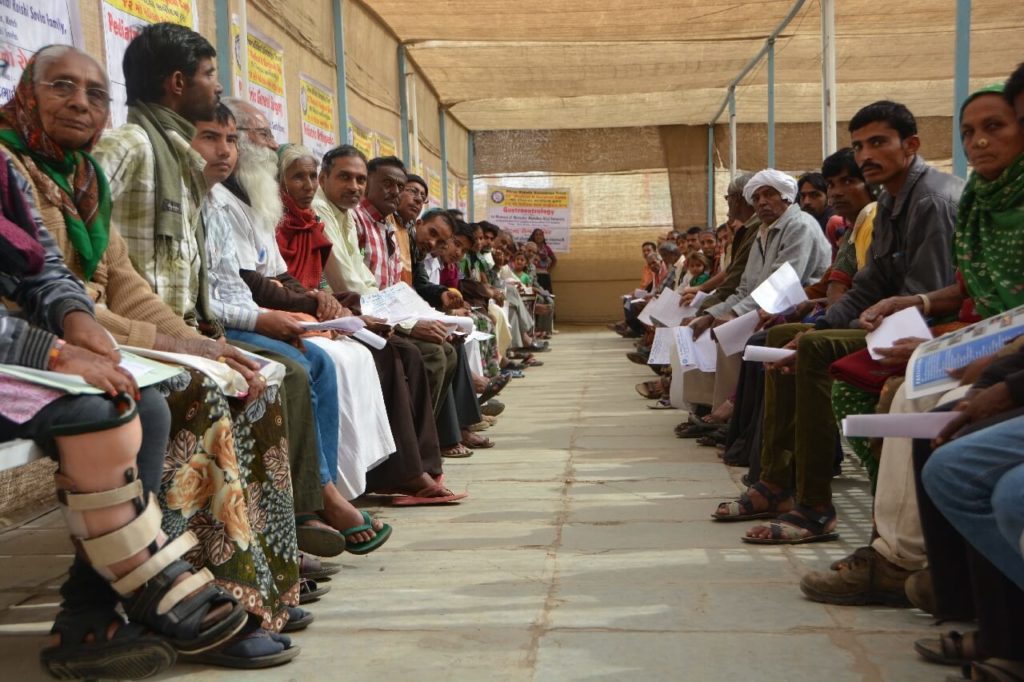AINA MAHAL


The Aina Mahal (lit, ‘Palace of Mirrors’) is an 18th-century palace that is located next to the Prag Mahal in Darbargadh, Bhuj, Gujarat, India. The palace was built by Rao Lakhpatji of Cutch State around 1750. Lakhpatji’s master craftsman Ram Singh Malam designed the palace in the local style and decorated it in the European style with glass, mirrors and tiles. The palace had two floors; the first floor has the Audience Hall, the Pleasure Hall, the Hall of Mirrors and the State Apartments, and the second floor has the ante-chamber, Darbar (Court) Hall and Marriage Hall. The building has been converted into a museum which includes a “europeanerie” collection that includes clocks, wares, mechanical toys, paintings and pictures.
History

The Aina Mahal was built by Rao Lakhpatji (r. 1741–1760) in around 1750. The chief architect and designer of the palace was Ram Singh Malam, who lived in Europe for 18 years and mastered several European craft and architecture skills. The construction costed 80 lakh (8 million) koris or about ₹20 lakh (2 million); equalling three years of the state revenue in that period.
In 1830, Englishwoman Mrs Postnas visited the palace and noted her impressions in her memoir Kutch (1839). She remarked on the “motley and incongruous mélange of ornament” in a room illuminated with large candles where she found six musical clocks playing at once among jelly glasses and old vases.
The palace was converted into a museum in 1977. It was damaged in the 2001 Gujarat earthquake and part of the building was restored and now houses the Aina Mahal Trust Museum.
Architecture
The Aina Mahal is located near Prag Mahal. It is a two-storey mansion that is constructed with stones and decorated with stone carvings and wood fretwork. The exterior is whitewashed. It was designed in the local style and decorated in the European style. The palace floors are laid with blue delftware tiles and the marble walls are decorated with mirrors that are separated by gilded frames. The walls are also decorated with fitted shelves on which glassware and ceramics were displayed. The rooms were illuminated by hanging candelabra and chandeliers with shade of Venetian glass. The pillars and roofs are decorated with golden moldings and other ornamentation, and spaces between pillars and walls are filled with triangular mirror compartments.
The first floor has the Audience Hall, the Pleasure Hall, the Hall of Mirrors and the State Apartments. The second floor has the ante-chamber, Darbar (Court) Hall and Marriage Hall.
Subscribe our Weekly Newsletter
2022 © Copyrights BHUJCITY
Design By – HK Digital



